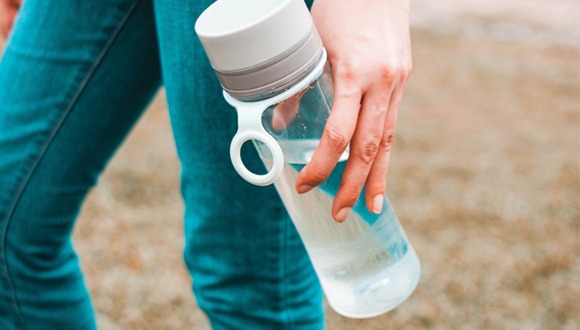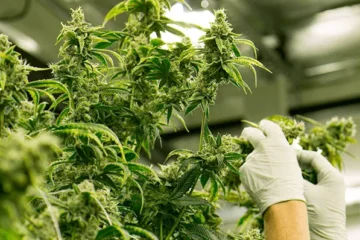To take care of our body, water intake is necessary but have you ever cared about your water bottle? Let us be honest, cleaning a water bottle can sometimes slip our minds due to the daily struggles of life. But keeping our water bottles clean is a simple task and it serves healthy benefits.
These days there are water bottles that are eco-friendly, they still bring the not-so-pleasant surprise when their hygiene is neglected. This guide will help you know how to keep your water bottles and their parts sparkling clean. Moreover, ensuring your every sip is refreshing and safe.
How Often Should You Wash Your Water Bottle?
Taking a few minutes to clean your water bottles becomes a huge investment in your health. It is a simple habit but guarantees you get the most out of every drop.
Let us know how:
- If you use your bottle daily or weekly, washing it should be your priority. However, if it has not been used for a long time, a quick wash is necessary before you fill it.
- Moreover, if you are running short on time, you should prioritise washing the mouthpiece of your water bottle.
- Furthermore, if your bottle is kept in your backpack or purse most of the time, it can accelerate grime buildup and require a daily wash.
- If it’s kept on the desk for most of the time, it might stay cleaner for a long time and skip a day or two of washing.
Water Bottle Cleaning Methods
Your water bottles keep you hydrated on the go, but let’s face it—sometimes, they accumulate dirt. Here are quick methods to help you keep your water bottles clean and bacteria-free.
Daily Cleaning with Soap and Scrub
- For a thorough clean, remove any removable parts of the water bottle, such as lids or straws, to ensure you can clean the hidden areas.
- Now, fill your bottle with warm water and add dishwashing liquid. Close the cap and shake the bottle well to loosen the stuck residue.
- Get a delicate bottle brush and scrub the inside and bottom of the bottle, not forgetting the lips and the cap.
- Rinse the bottle and its cap or lid with clean water. Ensure you get rid of all the soapy residue.
- Now, it’s time to dry the water bottle. Air drying is ideal, and you can also leave the cap on the side to let it dry.
Deep Cleaning with Bleach
Often water bottles have stubborn smells, a deep cleaning is necessary in such conditions. Here is how to use bleach to clean your water bottle deep.
- Bleach can be harsh; instead, use this method only if your water bottle is bleach-safe
- Add a teaspoon of bleach and baking soda to your water bottle
- Then fill it with cool water.
- Let the mixture sit overnight.
- In the morning, rinse your water bottle with warm water many times to remove the remaining bleach and baking soda residues.
Deep Clean with White Vinegar
If your water bottle is not bleach-safe and you still want to clean it, follow the method below to clean it with white vinegar. It really works like magic!
- To begin with, you can simply fill half of your bottle with vinegar
- Add cool water to it
- Let it soak overnight
- Rinse the bottle in the morning with clean water
- Dry it completely with a paper towel
- You can also run your water bottle in the dishwasher to give it a last rinse.
Don’t forget to clean your straws
Reusable straws need love, too. Below are the steps to give your straws a good wash
- Dip a straw cleaner in warm, soapy water.
- Use it to scrub away the built-up germ inside the straw.
- Now wash it thoroughly with clean water.
- Finally, let it air dry.
What Happens If I Do Not Wash My Water Bottle?
While a neglected water bottle might not be the top concern for a doctor it is still best to take precautions. Here is the breakdown of why you must have a water bottle-washing routine.
- Most bacteria that call your bottle their home are harmless as they come from your mouth or environment.
- A dirty water bottle can make your water taste odd, even if they are harmless.
- There is a slight chance of encountering harmful bacteria if your water bottle comes in contact with something unpleasant.
- While ingesting large amounts of mould toxins is unlikely, a heavily moulded water bottle will be so repulsive you won’t want to drink from it anyway.
- People with mould allergies or asthma will likely experience respiratory irritation if they inhale mould from a water bottle.
Conclusion
Taking out a few minutes daily to wash your water bottle might seem like a difficult task, but it is an investment in healthy hydration. Regular cleaning is the key to preventing illness and maintaining a pleasant drinking experience. Keeping your water bottles clean and functioning will ensure you always enjoy pure and refreshing water.
Keep an eye for more news & updates on Gossips!




